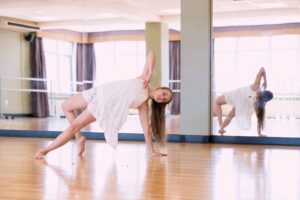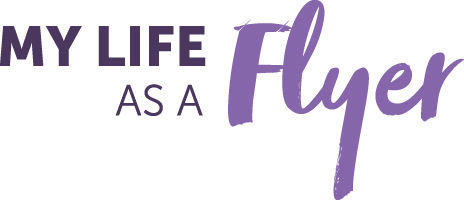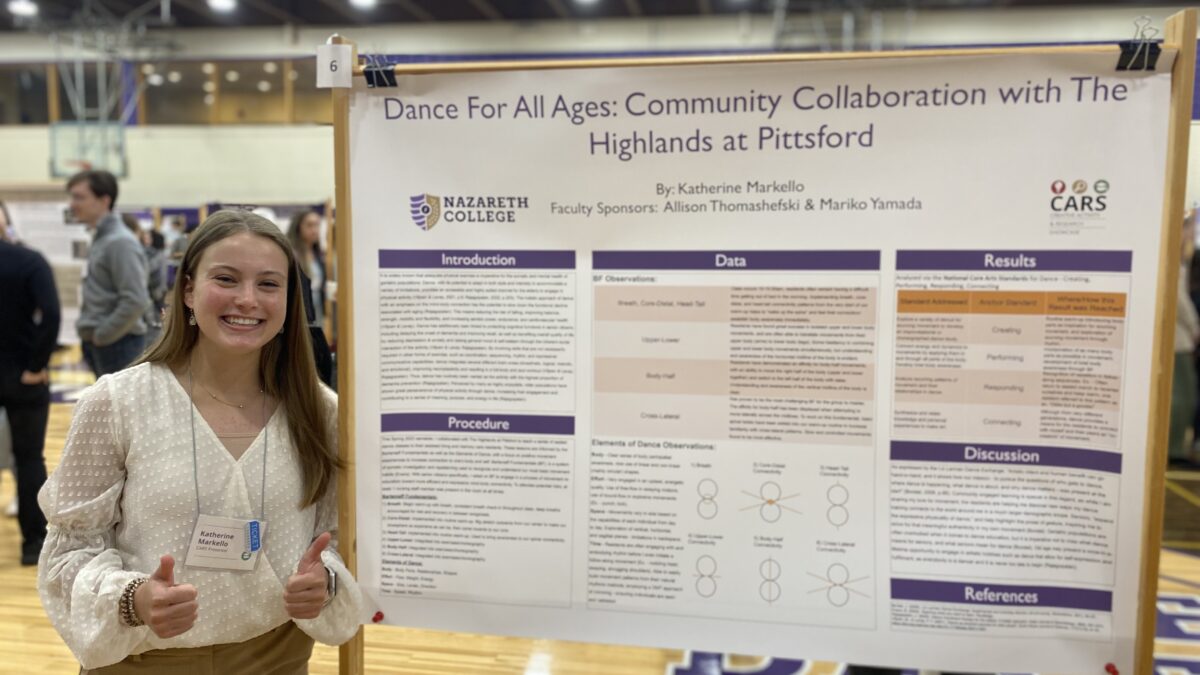This past spring semester, I had the wonderful opportunity to bring dance into the Rochester community through my performance and collaboration (DAN 400) course. For my individual project, I collaborated with The Highlands at Pittsford, a local retirement community just on the outskirts of the Village of Pittsford. I taught a weekly series of 30-minute seated movement/dance classes to assisted living and memory care residents.
As a dance major and potential aspiring dance educator, I had prior teaching experience, but none with a geriatric population, which made this opportunity an exciting means for new growth. The elderly are a demographic that is often overlooked in terms of dance education, which is a narrative in need of change, considering dance provides an accessible and highly suited channel for engaging in physical activity at an older age.
The holistic approach of dance with an emphasis on the mind-body connection that we study here at Nazareth has been proven to slow the functional decline associated with aging. This means practicing dance has the potential to reduce the risk of falling, to improve sensorimotor function, and maintain cardiovascular health. By involving skills that are not necessarily required in other forms of exercise, such as coordination, learning new movement sequences, integrating movement with music, and expressive/communicative skills, dance has additionally been linked to preserving cognitive functions in senior citizens.

This integration of several different brain areas (kinesthetic, logical, melodic, and emotional) through dance has been shown to improve neuroplasticity, resulting in a full-body and soul workout. For these reasons, dance has routinely been named as the activity with the highest proportion of dementia prevention. The inherent social interaction of dance further benefits overall quality of life for older populations, contributing to a sense of meaning, purpose, and energy.
While I knew in part about the benefits dance poses for seniors before beginning this experience, I was unaware of the beneficial impact the opportunity would have on myself.
The sense of community at The Highlands at Pittsford is strong and I truly felt so welcomed by the residents each week. We were able to connect largely through music and every class was built upon a curated playlist of favorite songs. Most times, the residents would move with the rhythm of the music — swaying, tapping feet, shrugging shoulders, nodding head, etc. — prior to me initiating any movement at all. In this way, I was able to incorporate the dance therapy technique of mirroring, which focuses on expanding upon the residents’ individual organic movements and allowing the group to follow along with each other seamlessly.
These lessons were informed by the Bartenieff Fundamentals, as well as the Elements of Dance, with a focus on positive movement experiences to increase connection to one’s body and self. Bartenieff Fundamentals (BF) is a system of somatic investigation and repatterning used to recognize and understand our most basic movement habits. With senior citizens specifically, I relied on BF to engage in a process of movement re-education toward more efficient and expressive mind-body connectivity.
The group was receptive, positive, and willing to try new things. We even explored a fascia warm-up that we use in our dance courses to ease some of their joint pain and allow for a greater sense of ease and mobility.

I found community engaged learning to be a special opportunity that fosters a truly reciprocal relationship. While I had the space to share my love for movement, the residents helped me to discover new ways in which my dance training connects to the world around me on a much larger demographic scope.
As John Borstel of the Liz Lerman Dance Exchange conveys, it is imperative not to miss what dance means for seniors and what seniors mean for dance. Old age may present a once-in-a-lifetime opportunity to engage in artistic hobbies, such as dance, that allow for self-expression and fulfillment. This rewarding experience mattered immensely to me as I continue to discover how I want to bring my dance education into the world, affirming that everybody is a dancer and it is never too late to begin.
____
Katherine Markello ’24 is double majoring in communications and media and dance studies with a minor in the honors program.

